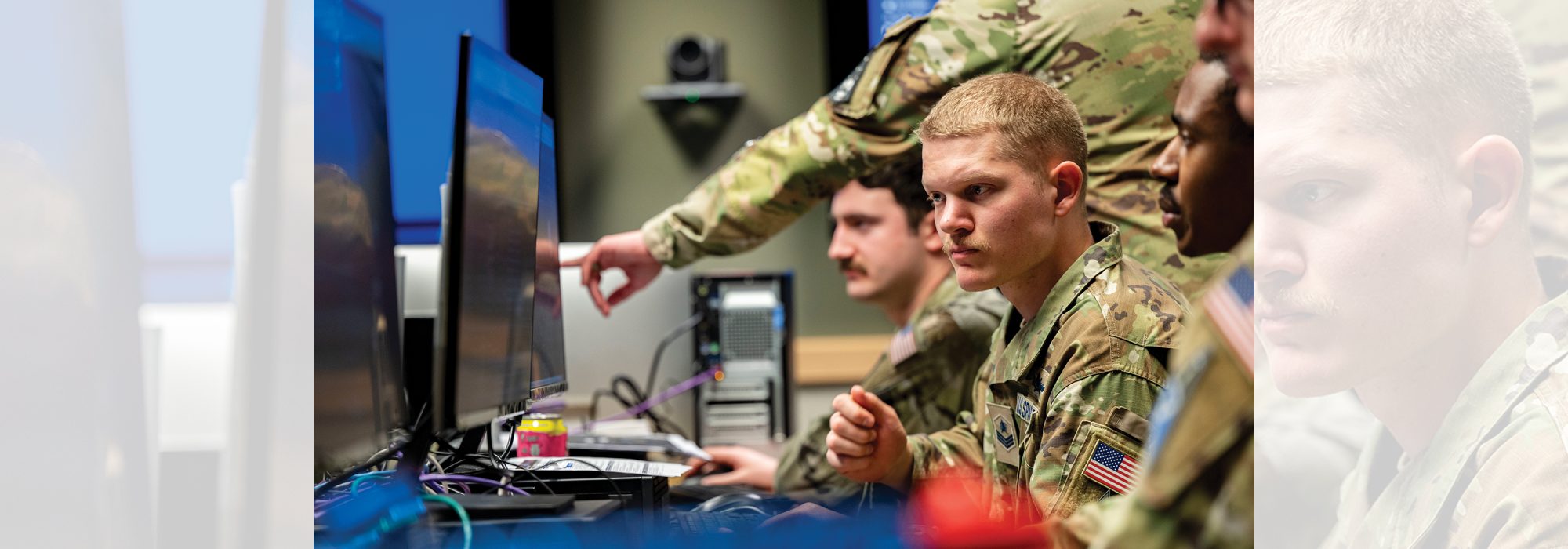USSF Adjusts Space Readiness Model
By Greg Hadley
T
he Space Force is reforming the way it presents teams of Guardians to combatant commanders, announcing July 1 that it will synchronize the “commit” phase of the Space Force Generation Model.
Under SPAFORGEN, as the model is known, the Space Force cycles units through three phases: prepare, ready, and commit. Each defines a period of focus, so that units and the Guardians assigned to them get a break from day-to-day operations to train, regenerate readiness through high-end training and exercises, and then stand ready for full-time operational duty.
But over the nearly two years the model has been in place, the cycles have not been in sync from one unit to the next. Now that’s changing, with Space Operations Command taking a more consistent approach to rotating units in and out of phases all at once, regardless of mission area.
“Aligning the timing of these phases for all units across our command helps us ensure combat-credible force elements and warrior leaders across our formations are postured and ready for employment,” SpOC boss Lt. Gen. David N. Miller Jr. said in a statement.
Chief of Space Operations Gen. B. Chance Saltzman said the shift is another way the Space Force is “solidifying how the Space Force presents forces is an important way we are “optimizing for great power competition.”
“Form must follow function,” Saltzman added. “Our force presentation must reflect that every mission we perform requires expertise in intelligence, cyberspace operations, space system operations, engineering, and sustainment.”
The move goes hand in hand with the Space Force decision announced earlier this year that “combat squadrons” would be the “units of action” the Space Force presents to combatant commanders. Space Force “combat detachments” are deployable units and will follow SPAFORGEN as well.
Brig. Gen. Devin Pepper, vice commander of Space Operations Command, has described an “eight-crew model” in which five crews from a unit are in the “commit” phase at any given time, while the other three are in either the prepare or ready phases.
Unlike the Air Force Force Generation Model, which cycles through four six-month phases, the SPAFORGEN cycles are uneven, and spread over a five-month cycle time:
- Commit lasts 105 days
- Prepare runs 21 days
- Ready lasts 42 days
Most Space Force operations are conducted at home station, which is why the cycles can be tighter. Leaders say the phases of SPAFORGEN are more about creating high-end readiness and a predictable rhythm for Guardians.
“Day-to-day space operations do not prepare Guardians for the challenges they will face in a high-intensity combat environment,” Saltzman wrote in a letter to Guardians in April. “Balancing operations with readiness requires a different approach than the ‘all-in, all-the-time’ construct we used before.”
The prepare phase will include “training, positional upgrades and professional military education,” as well as planned leave, SpOC noted in a release. The ready phase will include advanced training and exercises, as well as “validations” for squadrons to work on their advanced skills. The commit phase will include time on console, conducting everyday space operations.
This shift in focus makes SPAFORGEN “the most drastic change accompanying the establishment of the Space Force” yet, Saltzman said. But it will take time, he added, to work out the kinks and “resource and normalize” the process.
